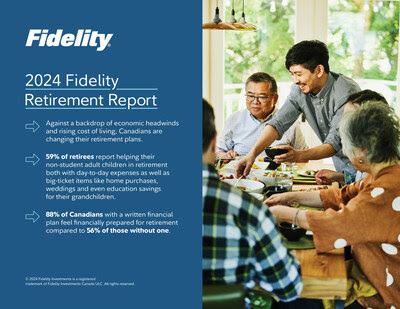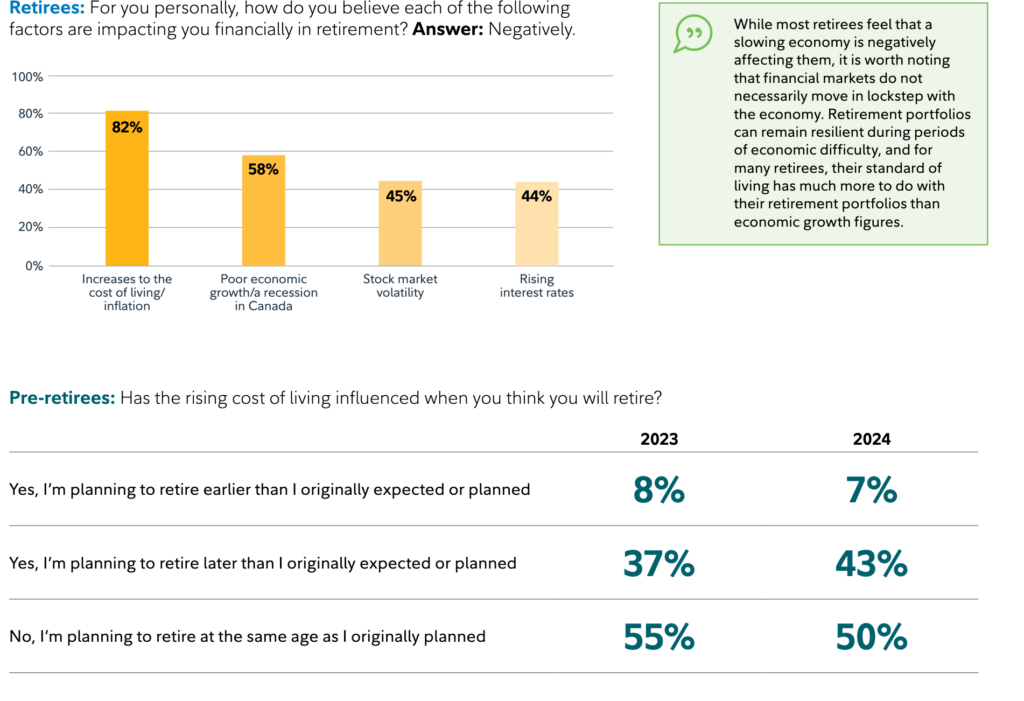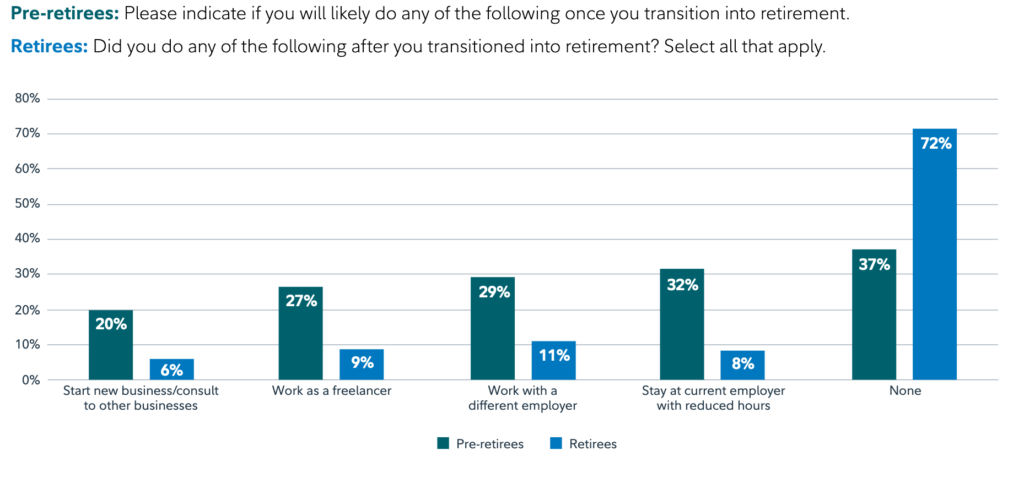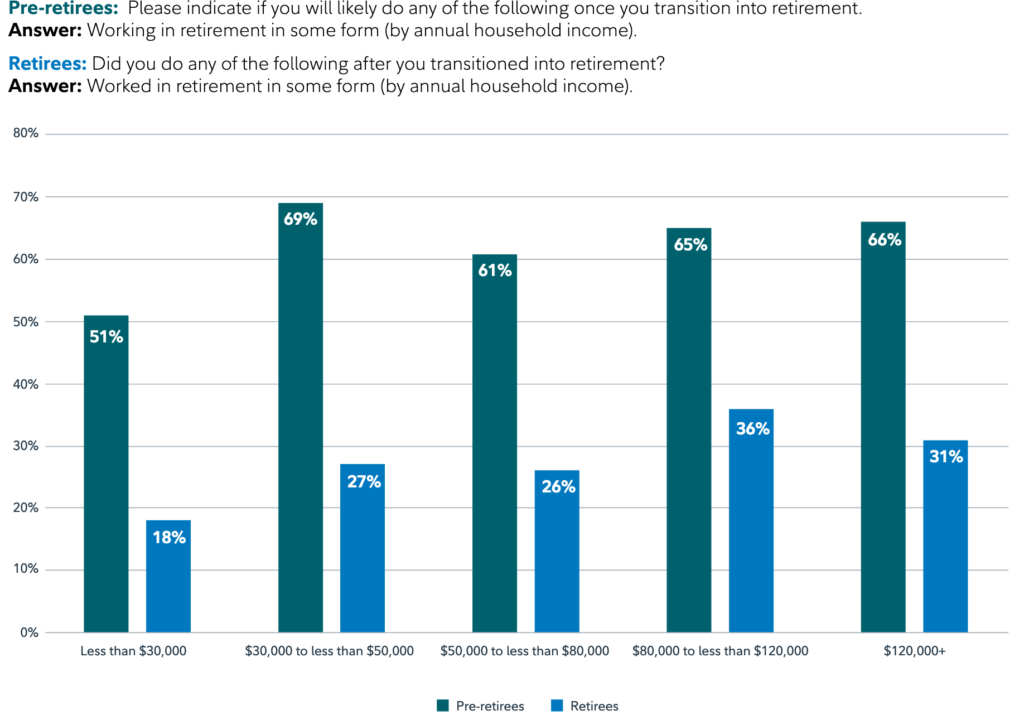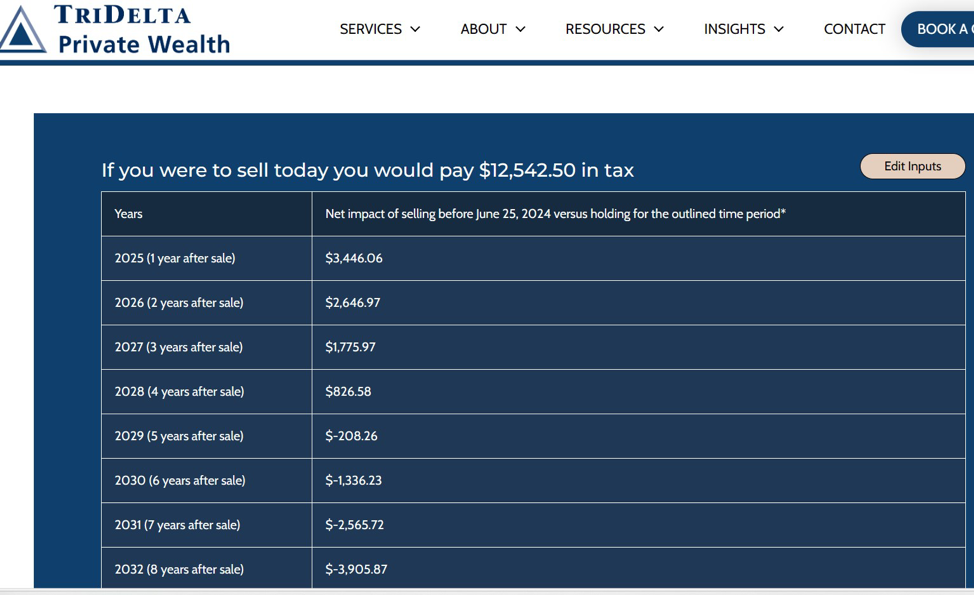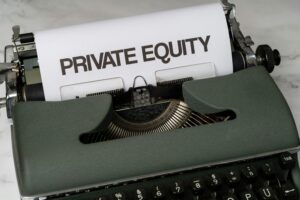One of the ways that investors seek status through their investments is to buy into private equity. As an added inducement, a technical detail in how private equity returns are calculated makes these investments seem better than they are. So, private fund managers get to boast returns that their investors don’t get.
Private Equity Overview
In a typical arrangement, an investor commits a certain amount of capital, say one million dollars, over a period of time. However, the fund manager doesn’t “call” all this capital at once. The investor might provide, say, $100,000 up front, and then wait for more of this capital to be called.
Over the succeeding years of the contract, the fund manager will call for more capital, and may or may not call the full million dollars. Finally, the fund manager will distribute returns to the investor, possibly spread over time.
An Example
Suppose an investor is asked to commit one million dollars, and the fund manager calls $100,000 initially, $200,000 after a year, and $400,000 after two years. Then the fund manager distributes returns of $200,000 after three years, and $800,000 after four years.
From the fund manager’s perspective, the cash flows were as follows:
$100,000
$200,000
$400,000
-$200,000
-$800,000
So, how can we calculate a rate of return from these cash flows? One answer is the Internal Rate of Return (IRR), which is the annual return required to make the net present value of these cash flows equal to zero. In this case the IRR is 16.0%.
A Problem
Making an annual return of 16% sounds great, but there is a problem. What about the $900,000 the investor had to have at the ready in case it got called? This money never earned 16%.
Why doesn’t the fund manager take the whole million in the first place? The problem is called “cash drag.” Having all that capital sitting around uninvested drags down the return the fund manager gets credit for. The arrangement for calling capital pushes the cash drag problem from the fund manager to the investor.
The Investor’s Point of View
Earlier, we looked at the cash flows from the investment manager’s point of view. Now, let’s look at it from the investor’s point of view.
Suppose the investor pulled the million dollars out of some other investment, and held all uncalled capital in cash earning 5% annual interest. So the investor thinks of the first cash flow as a million dollars. Any called capital is just a movement within the broader investment and doesn’t represent a cash flow. However, the investor can withdraw any interest earned on the uncalled capital, so this interest represents a cash flow.
The second cash flow is $45,000 of interest on the $900,000 of uncalled capital. The third cash flow is $35,000 of interest on the $700,000 of uncalled capital. The fourth cash flow is a little more complex. We have $15,000 of interest on the $300,000 of uncalled capital. Then supposing the investor now knows that no more capital will be called and can withdraw the remaining uncalled capital, we have a $300,000 cash flow. Finally, we have the $200,000 return from the fund manager. The total for the fourth cash flow is $515,000. The fifth cash flow is the $800,000 return.
The cash flows from the investor’s point of view are
$1,000,000
-$45,000
-$35,000
-$515,000
-$800,000
The IRR of these cash flows is 10.1%, a far cry from the 16.0% the fund manager got credit for. We could quibble about whether the investor really had to keep all the uncommitted capital in cash, but the investor couldn’t expect his or her other investments to magically produce returns at the exact times the fund manager called some capital. The 10.1% return we calculated here may be a little unfair, but not by much. The investor will never be able to get close to the 16.0% return.
Others have made similar observations and blamed the IRR method for the problem. However, this isn’t exactly right. The IRR method can have issues, but the real problem here is in determining the cash flows. When we ignore the investor’s need to be liquid enough to meet capital calls, we get the cash flows wrong.
Conclusion
Some argue that we need to use the IRR method from the fund manager’s point of view so we can fairly compare managers. Why should investors care about this? They should care about the returns they can achieve, not some fantasy numbers. Any claims of private equity outperformance relative to other types of investments should be taken with a grain of salt.
 Michael J. Wiener runs the web site Michael James on Money, where he looks for the right answers to personal finance and investing questions. He’s retired from work as a “math guy in high tech” and has been running his website since 2007. He’s a former mutual fund investor, former stock picker, now index investor. This blog originally appeared on his site on Feb. 15, 2024 and is republished on the Hub with his permission.
Michael J. Wiener runs the web site Michael James on Money, where he looks for the right answers to personal finance and investing questions. He’s retired from work as a “math guy in high tech” and has been running his website since 2007. He’s a former mutual fund investor, former stock picker, now index investor. This blog originally appeared on his site on Feb. 15, 2024 and is republished on the Hub with his permission.
